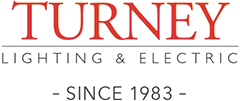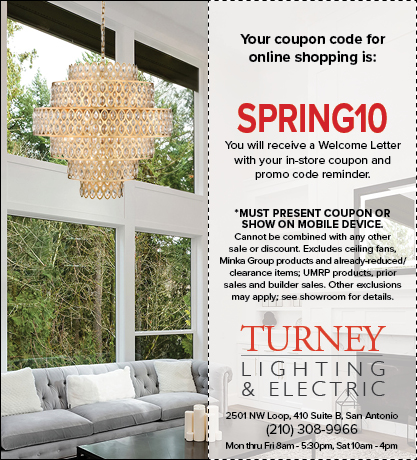Landscape lighting used to be simple. A few recessed cans lining the front path, a couple downlights tucked in the trees, and you were done. Not anymore. When it comes to the great outdoors, homeowners have seen the light.
“Today, people aren’t just lighting up the walkways so they can see their way to the door at night, and putting floods near the garage. They’re finding ways to illuminate the landscaping they’ve spent so much time and money on so they can enjoy it at night,” says Joe Rey-Barreau, education consultant for the American Lighting Association (ALA) and associate professor at the University of Kentucky.
Rey-Barreau tracks the latest trends among lighting dealers and designers and says, “This spring, we’re going to see a lot of changes in outdoor lighting practices. Landscape lighting is now being used as a means to extend living space so people can enjoy the best of both the inside and outside worlds. I see the focus this spring being on techniques that bring light closer to the house, and make the space more aesthetically pleasing in an unobtrusive manner,” he says.
Gone are the days of the big, bold lanterns that used to line people’s walks. Rey-Barreau says this year, the hottest trend will be to instead decorate with light from non-visible sources. Among the options for this: uplighting, downlighting and shadowing.
Uplighting is produced by shining a light up on a tree, statue or bench in the yard to highlight to give it definition, texture or even dimensionality. Downlighting is created by hanging the light source in the trees or from the rooftop and shining it on the area below. This technique is often used to improve visibility for security reasons. And with shadowing you use spot or flood lights placed at ground level, or in-ground fixtures placed in front of an object to throw its shadow on a wall behind it as a decorative feature.
Richard Lentz, president of Lentz Landscape Lighting in Dallas, Texas, says people’s desire to enhance their outdoor living space has played a big role in his business in recent years. “People have come to realize it’s a shame to just ignore all those great spaces they’ve created outdoors because it’s dark outside, so they’re hiring us to come up with ways to incorporate the landscape into their night life,” says Lentz.
Two examples of how Lentz uses lighting to transform a space for his clients:
* Moonlighting Effect
For a courtyard off the dining room, kitchen or even a bedroom, it is possible to create a moonlight effect that makes it seem like the courtyard is part of the space. “In this situation, we would install a Mercury Vapor light that casts cool light high in a tree to create the effect of moonlight, and complement it with a halogen lamp that lights up a fountain, sculpture or bench in the courtyard,” says Lentz.
* Lighting a Walkway
One of the most popular ways to light a walkway is with a runway effect where there are lights on both sides of the path, but Lentz says that distracts from the environment. “I prefer to filter light through the trees above to light up a sidewalk or steps. It gives you a real nice, natural effect.”
While expanding living space and decorating with lighting are popular reasons to put in landscape lighting, security is also an important factor. Chris Primous, product manager for Progress Lighting says he’s seeing a trend towards people installing lighting that will keep their homes bright and visible from the road.
“Just because the purpose of the light is security doesn’t mean it shouldn’t be decorative,” Primous says. “You can use spotlights and flood lights to both light the area and accent prevalent architectural features of the home’s structure or notable landscaping elements.”
For instance, if the home has a beautiful stone facade, a grazing technique with carefully placed accent fixtures (ideally six to twelve inches from the surface) will bring out the texture to create a visually stunning picture from the curb. Similarly, tall columns can be highlighted by using closely placed ground-mounted spotlights or in-grade fixtures with very narrow sources that will really bring out the height and showcase the architectural features of the column.
Jeff Dross of Kichler Lighting points out, “People have come to realize that if you want your home’s lighting job done right, you need to bring in a professional. As you get more creative people involved, it leads to more creative solutions and a better result. We’re seeing a definite maturing of the field.”


